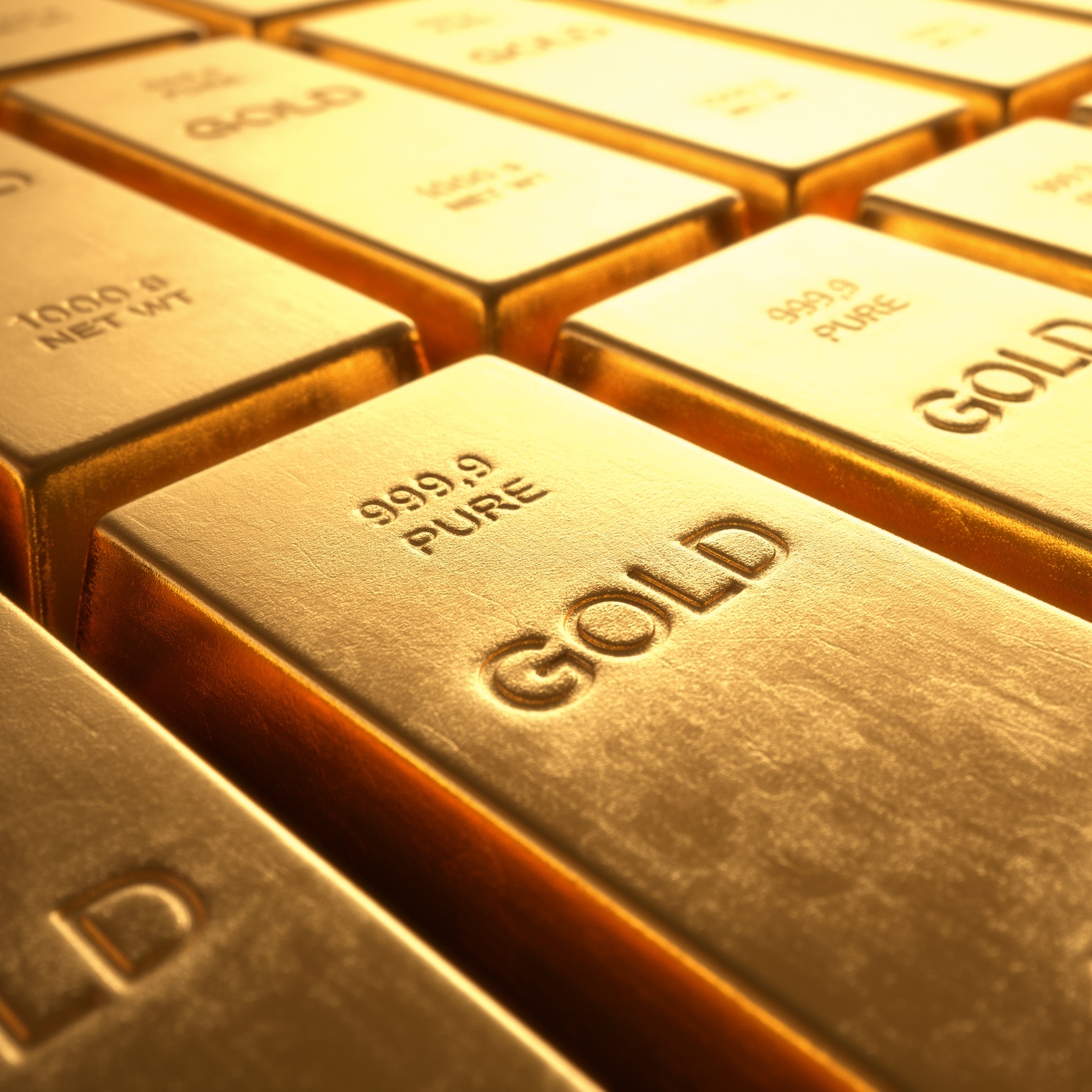Commodities & Metals
Why Gold Demand Could Remain Quite Strong in 2017

Published:
Last Updated:

Gold enjoyed a stellar return in 2016. What was so unusual about the gain is that at the end of December 2015 and at the start of the following January, the expectations, fears and even the charts were all pointed to a higher chance of weakness rather than strength. Gold was seriously at risk of falling back under $1,000 an ounce, and maybe heading to $900, But the world changed, with geopolitics, deflationary pressure, more quantitative easing, negative interest rates, Brexit and so on. Gold ended up for 2016 about 10% higher in dollar terms and closed out close to $1,150 per ounce.
Now we have word from the World Gold Council (WGC) that multiple issues should support a strong demand trend in 2017. Note though that the WGC is a pro-gold industry group that obviously favors higher gold trends over big selling pressure.
In 2016, gold-backed exchange traded funds (ETFs) increased their total gold holdings by 536 tons, or about $21.7 billion. This was the highest gain since 2009, even after considering that U.S.-listed gold-backed ETFs saw a drop of more than 40% in their gold holdings in the fourth quarter of 2016.
As 2017 gets off to its start, there have been concerns raised that the strong U.S. dollar may limit how much investors want to own gold. The WGC’s view is that there are six major trends that will support gold demand in 2017.
The first issue is a heightened political and geopolitical risk landscape. Gold is often considered and treated as the ultimate safe haven in times of uncertainty. The WGC’s view is that political risk is rising with key 2017 elections in France and Germany, while Britain negotiates its exit from the European Union. On the U.S. front, this was described as follows:
In the US, there are positive expectations about some of the economic proposals of President-elect Donald Trump and his team, but there are also concerns. The US dollar has gained ground since Trump swept to victory last November, but uncertainty is rife. Jim O’Sullivan sees “a meaningful risk that negotiations on trade will turn belligerent” and suggests that “confidence in markets could be affected by geopolitical tensions triggered by the new administration”.
Currency depreciation is expected to be seen as policies vary from the United States and other nations. Central banks have continued to acquire gold. The main reason is to diversify their foreign reserves. The WGC expects central banks to continue acquiring gold in 2017.
Another boost is expected to come from rising inflation expectations. A rising rate environment in the United States might favor investors buying interest-bearing notes, or at least keeping cash accounts if they pay interest (after all, gold pays no interest). Still, upward inflationary trends are supposed to be solid for gold as a hedge. Also worth considering is that even the expected rise in rates is that real interest rates should remain low by historic standards. Inflation also may make bonds and fixed income less appealing to long-term investors.
Whether or not you believe equities to be overvalued, the WGC cited inflated stock market valuations as another feather in gold’s cap. The WGC did not use value-specific number, but the S&P 500 is valued at close to 17 times forward earnings. The council did cite the U.S. equity market being at all-time highs. Gold’s role in diversifying portfolios was used as a metric for driving demand.
Another issue driving gold demand trends in 2017 was pointing toward long-term Asian growth. This may be nothing new to those who have followed gold and economic growth trends in the modern era. Still, the WGC did note that the combined share of world gold demand rose from 25% for India and China in the early 1990s to over 50% by 2016. Other gold markets in Vietnam, Thailand and South Korea are also called as vibrant.
The last driver for the World Gold Council is the opening of new markets. Here report noted the following:
- China has seen dramatic growth via Gold Accumulation Plans and physically settled gold contracts in the Shanghai Gold Exchange.
- The Accounting and Auditing Organization of Islamic Financial Institutions, with support from the World Gold Council, launched the Shari’ah Standard for Gold.
- Pension funds in Japan have increased their gold holdings over the past few years.
As mentioned, gold closed out 2016 close to $1,150, and it was last seen around $1,190 after having been at $1,200 earlier in the week. Gold was up to a peak range of $1,300 to $1,350 in the summer of 2016. Also, the $1,300 mark was the peak in 2015. A 10-year gold chart from Kitco has been provided below.

The Average American Is Losing Momentum On Their Savings Every Day (Sponsor)
If you’re like many Americans and keep your money ‘safe’ in a checking or savings account, think again. The average yield on a savings account is a paltry .4%1 today. Checking accounts are even worse.
But there is good news. To win qualified customers, some accounts are paying more than 7x the national average. That’s an incredible way to keep your money safe and earn more at the same time. Our top pick for high yield savings accounts includes other benefits as well. You can earn a $200 bonus and up to 7X the national average with qualifying deposits. Terms apply. Member, FDIC.
Click here to see how much more you could be earning on your savings today. It takes just a few minutes to open an account to make your money work for you.
Thank you for reading! Have some feedback for us?
Contact the 24/7 Wall St. editorial team.